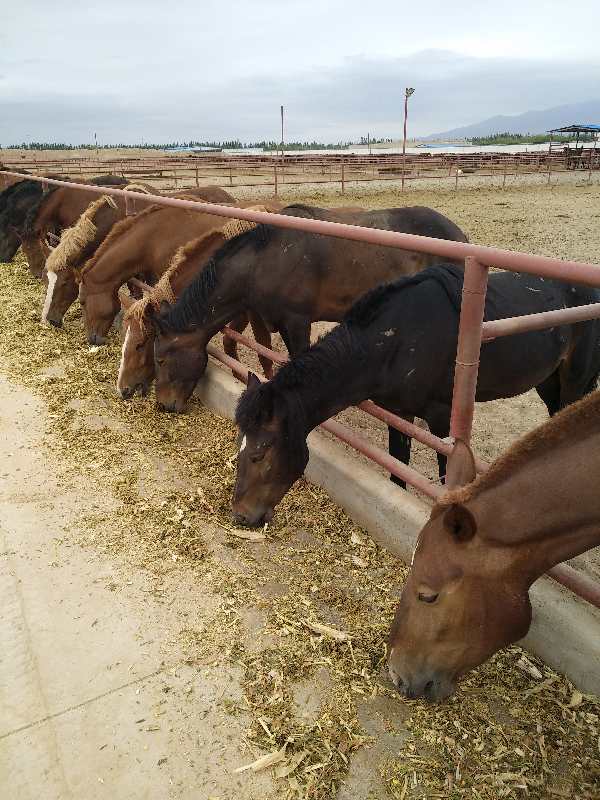I. Preparation for brewing containers According to the number of breweries and the number of varieties, determine the size of porcelain or enamel barrels, non-toxic plastic barrels, a few cans. Wash with boiling water before use or use alcohol wipe disinfection sterilization. If the use of porcelain can be smoked with sulfur, per square meter of space 15 to 30 grams of burning 2 to 3 hours before use. Wines made from copper and iron must not be used for brewing wine, nor should they come into contact with copper and iron during processing to avoid deterioration of the wine. Second, raw materials Use fresh, healthy, ripe grapes (white grapes can not be over cooked), grapes with a sugar content of 17 degrees or more. Red wines are brewed with red grapes and the white wines are fermented with either white or red-white grapes. Third, the brewing method 1. Grape crushing The grapes are quickly smashed by hand (not more than 8 hours) after harvesting, and potassium sulphite is added to prevent oxidation and sterilizing and to kill some harmful yeasts. Generally, the amount is added per 100 kilograms of grapes. ~15 grams, it is best to add edging. 2. The grape juice that has been broken by the grape juice (including the red skin core and the white peeled skin) is loaded into a pre-prepared barrel or cylinder and is not overfilled, occupying 3/4 to 2 of the total capacity. /3 can be. Sealed with plastic film for pre-fermentation. During this period, the temperature is mainly controlled. The most suitable fermentation temperature for red wine is 25~28°C (refers to juice temperature). Stir it three times a day and stir the top of the grape skin to the bottom so that the temperature is even. If the temperature during fermentation is too high, it is necessary to reduce the temperature, move the container to the ventilated shade, control the fermentation temperature to below 30°C, and measure the temperature 3 times a day to grasp the fermentation process. For example, grape juice has a sugar content of 17 to 20 degrees. Fermentation can be completed in about 2 to 5 days. It usually takes one week, and the alcohol level is about 10 to 12 degrees. For example, if the sugar content of the grapes is lower than 12 degrees, the fermented sugar is fermented (white granulated sugar and other sugars have odor), and the white granulated sugar is dissolved in the grape juice (not dissolved in water) and poured into the fermentation vessel. Sugar content calculation: grape liters (22 degrees - grape juice sugar) 0.0116 = sugar added. After the fermentation is completed, the nuclei are filtered off and the filtered juice is subjected to post-fermentation. In the case of normal fermentation, it ends in 4 to 5 days. Pour into a small container, close the store 5 to 6 days of dregs sedimentation, pour the wine, separate the slag, so that the wine contact with the air, is conducive to the maturity of the wine and emit a part of carbon dioxide. The second inversion of the cylinders is 1 to 1.5 months apart. This time, the clarifiers should be taken lightly, and the siphoning method should be used when the cylinders are inverted. This makes it easy to separate the dregs. White wine fermentation requires low temperatures. The wine temperature is controlled at 15°C~17°C and it takes about two weeks or more to finish. The other steps are the same as for red wine. For grapes with low sugar content, if no sugar is added during fermentation, a certain amount of edible alcohol should be added after the wine is clarified to prevent wine from deteriorating. At this time, the wine made is dry wine, ie, sugar-free wine (the sugar of the grape has been fermented into alcohol). If you want to drink sweet wine, you can temporarily add sugar to prepare, take a small amount of dry wine and sugar to taste, add to your own sweet So far, according to the amount of sugar to determine the amount of sugar to be formulated, how much to drink with, do not drink temporarily do not add sugar, sugar is not easy to save.
PMU is used to produce estrogen and hormone-replacement drugs such as Premarin, PremPro and PremPhase and DUAVEE, a "PremPro-Lite" which contains Premarin. PMU drugs are made by keeping mares constantly pregnant and collecting their estrogen-rich urine. The horses should be in good healthy, age from 4-15 years old, the color
should be dark. the horses should be check-up and disinfected during
the transportation. The blood taking should be called off immediately
when infectious disease is found, any medicine of Penicillin and
streptomycin is forbidden to use.
Pregnant Mare Urine,Pregnant Horse Urine,Horse Urine Uses,Horse Urine Benefits Jiangxi Institute of Biological Products Inc. , https://www.jxinstitute.com
